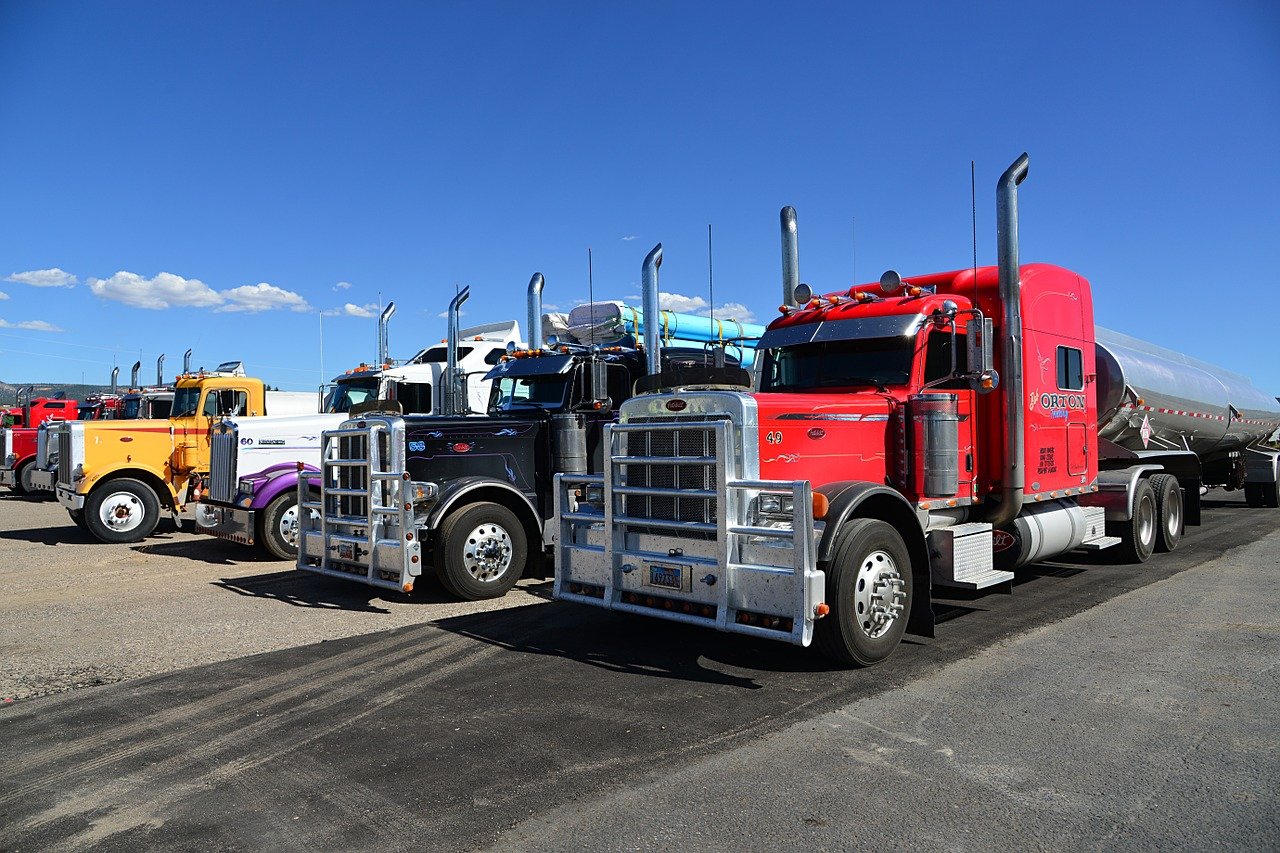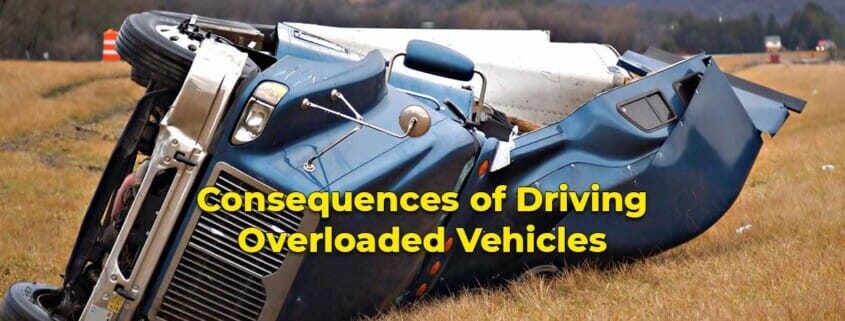Trucking Industry Best Practices for the New Year
As we move into the new year, it’s a good time to look forward to what can be done to improve the trucking industry. Between driver shortages and increased crash rates, things can begin to look dire.
Fortunately, there are things you can do to improve driver safety awareness and retain quality drivers. Many of your options have to do with automating processes and embracing technologies that can help you monitor driver behaviors.
Making improvements for the new year also relies on improving your company communication. With changes to improve safety and efficiency you can also create a better atmosphere to encourage new drivers to come into the industry.
Focus on Safety
One of the biggest issues for the trucking industry is maintaining safety. With truck-related injury crashes increasing 115% and fatal crashes increasing 43%, the need to improve driver safety consciousness is evident.
This is more evident when you see that 15% of all police-reported commercial vehicle crashes were the result of distracted driving. This, coupled with a 967% increase in average verdict sizes during litigation shows just how important safety is to the success of trucking companies.
So, how can trucking companies develop safety consciousness? There are several ways to make this a priority moving into the new year.
Use CSA Data to Analyze Problem Areas
The FMCSA maintains CSA scores for all commercial vehicle companies that are available to the public. These CSA scores are a good place to start when determining where your focus should be.
Take time to analyze your scores. Look for trends in problem behaviors so you can provide corrective training on these issues. Common problem areas are speeding, distracted driving, and work zone issues.
Corrective training doesn’t have to focus on the negative only though. You can also highlight drivers who have a good safety record. This will encourage them to continue with good behaviors and incentivize other drivers to meet those same standards.
Make Use of Safety Technologies
There are several options available to help the trucking industry improve safety on the roads. Regulations require ELDs in all trucks, but many companies are also using cameras in their vehicles. These cameras help monitor driver behavior on the road and can come in handy when it comes to lawsuits.
Cameras have helped companies in situations such as staged accidents in the past and can help prove if you know a driver isn’t at fault for an incident. You can also use both bad and good behaviors to help develop safety training programs.
Beyond cameras, trucking companies can take advantage of driver alert systems, collision warning systems, and rearview cameras. These technologies help drivers better monitor their surroundings to reduce the risk of accidents. Even better, many of these technologies can help you negotiate better insurance rates.
Utilize Online Safety Management Options
Safety training is important for the trucking industry, but it can take up a lot of time, and disrupt schedules. In-house training can also get expensive when you consider the cost of travel, housing, and feeding those involved. That’s why many organizations are moving to online training platforms.
With a platform like Infinit-I Workforce Solutions, you can set up training ahead of time and let the system take care of the rest. Drivers can access training from any device with an internet connection, so they don’t have to take more time out of already busy schedules.
Online training options also help you keep up with training documentation, so you have records of all training completed by your company. This makes it easier to keep everyone on the same page and reduces the stress of maintaining safety training.
Make Use of Parking Services
One area often overlooked when it comes to driver safety is parking. 75% of drivers report difficulties finding safe parking. This leaves drivers with very few options other than driving around to look for a space or parking on the side of the road.
Many companies avoid parking services because they don’t want to pay extra for this. The problem is, between fines for illegal parking or going over hours-of-service, or the price of fuel while drivers search for a space, the cost of a parking service is less.
Using a parking service will keep both the drivers and the cargo safe. The trucking industry has seen a 56% increase in cargo thefts yearly, much of this is due to lack of safe parking for drivers. Ensuring safe parking for your drivers just makes sense.
Prepare Drivers for Potential Staged Accidents
The issue of staged accidents is back in the news as more charges have come down from a case in New Orleans from 2017. Many organizations have been focusing on this issue though, as the occurrence of staged accidents has increased over the years.
Drivers need to be aware of the potential and need to know what to watch out for to reduce the risk. Drivers also need to be prepared for what to do after an accident in case they do fall victim to this tactic.
Make sure drivers are properly trained on what evidence they should gather at the scene of an accident to help protect them and your company during litigation. Also, make sure they know what they should and should not say or do at the scene.
Keeping Up with Industry News and Changes
Laws and regulations for the trucking industry can change rapidly in our world. It’s important to keep up with these changes to ensure that your company remains in compliance. This is even more important when dealing with interstate hauling as you will need to make sure drivers are prepared to follow state and local laws.
You also need to make sure you and your drivers are aware of any alerts coming out of the areas they will travel to. Keep up with weather conditions and possible natural disaster conditions so they are prepared for what to expect.
Maintaining Documentation and Communication
With nuclear verdicts on the rise in the trucking industry, it’s more important than ever to maintain documentation. This includes maintenance records as plaintiff lawyers are now going after mechanics during lawsuits.
Online training and communication management systems can help you keep all your documentation together in one place. You can even provide tablets to your drivers, so they have access to any policies or other documents they are required to have with them when driving.
Prepare for FMCSA Changes
Last year, the FMCSA made changes to the regulations regarding the Alcohol & Drug Clearinghouse which had a detrimental effect on the trucking industry driver shortage. Coming up in 2022, the Entry-Level Driver Training (ELDT) requirements are changing.
Trucking companies need to prepare themselves for what changes like these can mean to them and their drivers. Get in early on implementing necessary changes so you can avoid as much trouble and stress as possible.
Infrastructure Bill Bringing Changes
Congress has passed an infrastructure bill that will bring several changes to the trucking industry. The bill puts emphasis on alternative fuel options such as electric vehicles. They even provided funding to set up infrastructure for meeting these needs.
This is an opportunity for trucking companies to look for options that could reduce fuel costs. Many companies have already started looking at these alternative fuel options, but these changes could make that option more economical for you.
Another change came with the apprenticeship program that was passed with the bill. This allows companies to hire drivers under 21 to participate in an apprenticeship. The passing of this program could have a positive impact on recruiting and training younger drivers.
Pay Attention to Relationships within Your Company
The recent emphasis on the driver shortage in the news has shown how important it is to show drivers they are valued. This recognition can come in many forms, pay, communication, and benefits.
Moving forward, it’s important for the trucking industry to pay attention to the relationships and needs within their organization. Encourage positive communication company-wide, but especially between drivers and dispatchers.
Incentive Programs
One way many trucking companies are showing driver recognition is through incentive programs. This is also a way of nurturing a culture of safety companywide. Using a monthly or quarterly driver scorecard, you can provide safety performance bonuses for those drivers who do well for the chosen period.
You can also implement incentive programs for drivers who remain with your company for a given amount of time. These incentives will help drivers feel valued and could help you increase driver retention.
Make the New Year Your Best Year
Safety, communication, and recruiting are the major focus areas moving into the new year for the trucking industry. There are many options available to help make these processes easier.
One such option is Infinit-I Workforce Solutions. Our online training platform allows you to streamline safety training and communication so you can nurture your company’s safety culture. With access to more than 800 videos, you can find the most relevant training to meet your orientation, ongoing, and corrective training needs.
Would you like to see for yourself how the Infinit-I system works? Schedule a demo to get started with the best safety practices in the new year.










 Hopefully, this article has given you some insight into the life of truck drivers. The best way to thank a trucker is to say thank you. We live in a world of easily accessible goods like food, gas, and household items because, in part, truckers deliver. You probably contact a truck driver weekly, whether at a gas station, grocery store, or fast-food joint.
Hopefully, this article has given you some insight into the life of truck drivers. The best way to thank a trucker is to say thank you. We live in a world of easily accessible goods like food, gas, and household items because, in part, truckers deliver. You probably contact a truck driver weekly, whether at a gas station, grocery store, or fast-food joint. 


